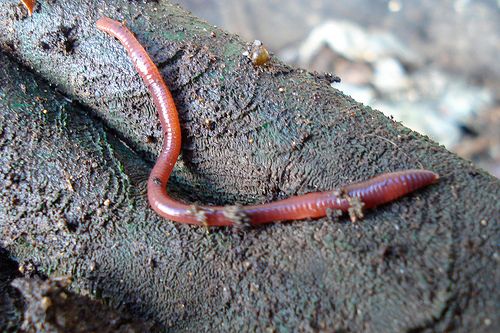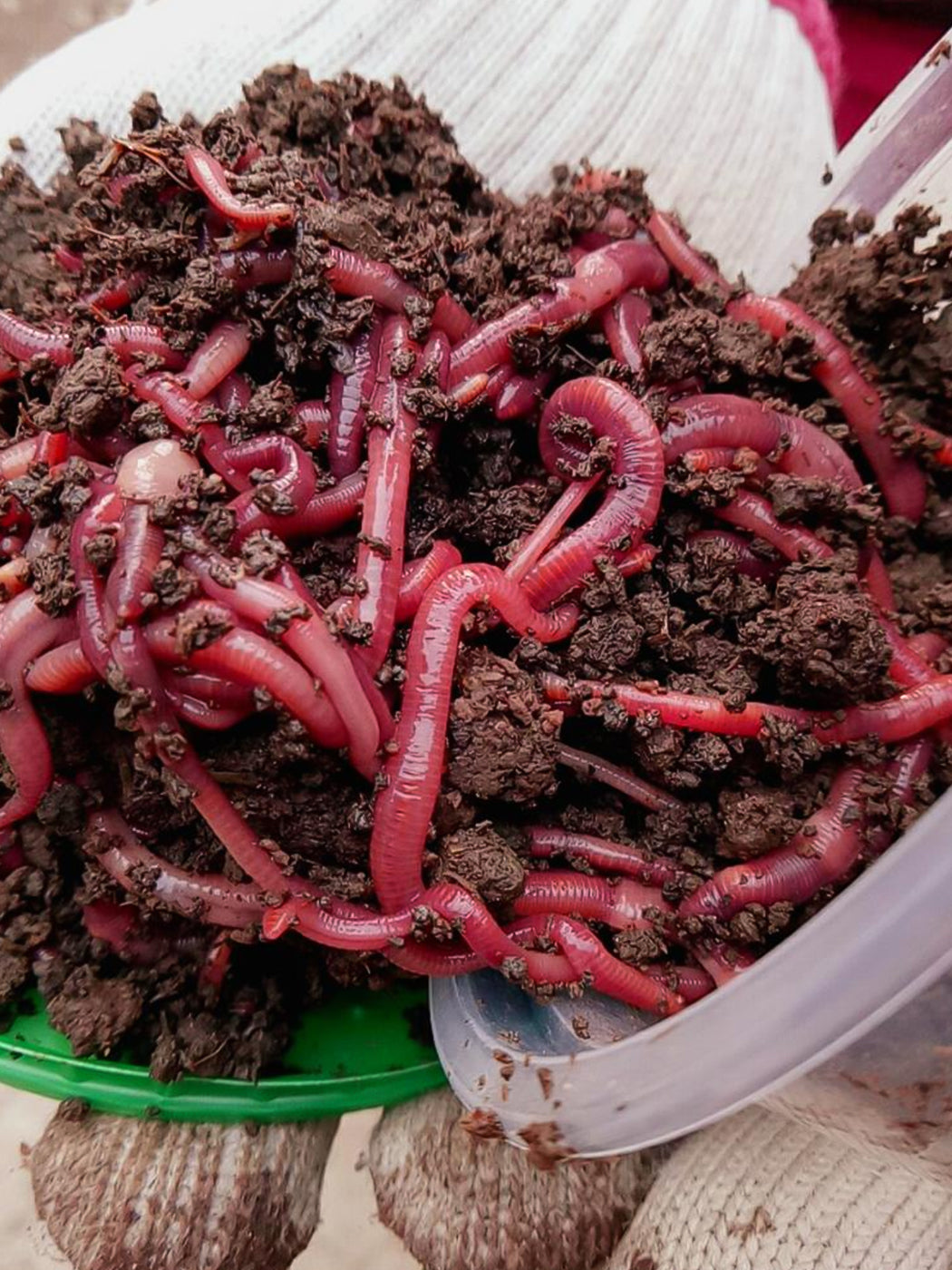The Amazing Globe of Red Wigglers: Boost Your Dirt Fertility Today
The role of red wigglers, or Eisenia fetida, in enhancing dirt fertility is a subject of growing rate of interest amongst gardeners and farming specialists. These tiny yet effective microorganisms transform natural waste right into useful worm spreadings, significantly enhancing soil health and advertising lasting techniques. As we discover the advantages of vermicomposting and the functional actions to create a reliable worm container, the possible influence of these worms on your horticulture success ends up being significantly apparent. Recognizing the subtleties of their care and application may just transform the way you come close to soil administration. What insights can be obtained from incorporating these amazing animals right into your horticulture regimen?
Understanding Red Wigglers
Red wigglers, medically called Eisenia fetida, are a species of earthworm that play an essential role in boosting soil fertility. These worms thrive in organic-rich atmospheres, such as compost heaps and decaying plant product, where they consume organic waste and eliminate nutrient-dense castings. Their distinct composition, featuring a fractional body and a clitellum, permits them to duplicate quickly and efficiently procedure huge amounts of raw material.

The ecological value of red wigglers expands beyond plain waste processing; they add to the soil food web, cultivating a diverse community of microbes that better boost soil health. Understanding the biology and behavior of red wigglers is important for harnessing their full possibility in sustainable farming and horticulture techniques.
Benefits of Vermicomposting
(Red Wiggler Express)Harnessing the power of red wigglers through vermicomposting offers numerous advantages that considerably improve dirt health and fertility. One of the key benefits is the manufacturing of nutrient-rich worm spreadings, which are an exceptional natural fertilizer. Red Wiggler Express. These castings include essential nutrients like nitrogen, phosphorus, and potassium, advertising durable plant development and boosting plant yields
Furthermore, vermicomposting enhances dirt framework and aeration. The visibility of worm castings enhances soil texture, permitting for better water retention and water drainage. This well balanced moisture level is vital for root development and the general wellness of plants. Furthermore, red wigglers aid break down raw material, increasing disintegration and reusing nutrients back into the soil.
Vermicomposting likewise promotes microbial activity, which is crucial for a healthy and balanced dirt ecological community. Beneficial microbes thrive in the presence of worm castings, aiding in the breakdown of organic products and improving nutrition accessibility to plants.
Finally, vermicomposting serves as an efficient waste management solution, minimizing land fill waste by reusing kitchen area scraps and other organic products. This not just adds to ecological sustainability however likewise promotes a round economy within horticulture and farming.
Just How to Establish a Worm Bin
Establishing a worm container is a simple process that can significantly boost your composting initiatives. Begin by choosing a suitable container, which can vary from a readily available worm container to a basic plastic or wooden box (Red Wiggler Express). Make certain the container has ample ventilation; small openings in the lid and sides will facilitate air blood circulation
Next, develop a bed linen layer to offer a comfy environment for the red wigglers. This can be made from shredded paper, cardboard, or coconut coir, moistened to a wet, sponge-like consistency. Fill up the container to about one-third complete with this bed linen product.
Once the bedding is prepared, it's time to present the worms. Red wigglers thrive in natural waste, so place them delicately onto the bedding. Cover the worms with a light layer of additional bedding to help them acclimate.
Feeding Your Red Wigglers
Giving the best food for your red wigglers is essential for their health and wellness and the efficiency of your composting system. Red wigglers grow on a varied diet regimen, primarily consisting of organic materials such as fruit and vegetable scraps, coffee premises, and shredded paper. These materials not only give vital nutrients yet also contribute to the microbial task in the worm bin, which is vital for the worms' digestion.
It is very important to stay clear of certain foods, such as milk products, oils, and meats, as these can draw in parasites and create unpleasant smells. In addition, citrus peels and excessively hot foods ought to be limited as a result of navigate to this website their potential to harm the worms. A balanced method to feeding entails keeping an eye on the quantity of food presented to the bin, making sure that it is eaten within an affordable period to stop excess waste accumulation.
To promote ideal food digestion, it is valuable to chop or shred larger food products prior to including them to the container. This method boosts the surface location for microbial activity, helping with quicker decay and boosting the overall efficiency of your composting system. On a regular basis observing the worms' feeding behaviors will help you adjust their diet as necessary.
Using Worm Spreadings in Your Yard

(Lake Hickory Bait)Integrating worm castings right into your garden can be completed by blending them into the soil or utilizing them as a top dressing. The slow-release nature of these spreadings makes certain that nutrients are offered to plants over a prolonged period, reducing the demand for synthetic fertilizers. In addition, worm castings contain beneficial microbes that promote healthy and balanced soil ecosystems, boosting the general resilience of your yard.
To optimize the benefits, purpose to use around one part worm spreadings to three components soil in your growing beds. Regular applications can lead to boosted crop yields and healthier plants, making worm spreadings a vital resource for both newbie and skilled garden enthusiasts alike. By utilizing this all-natural change, you can grow a flourishing yard while contributing to sustainable horticulture techniques.
Final Thought
In conclusion, red wigglers exemplify the crucial function of vermicomposting in boosting soil fertility. Their capacity to transform organic waste right into nutrient-rich castings considerably improves soil framework and supports microbial diversity.